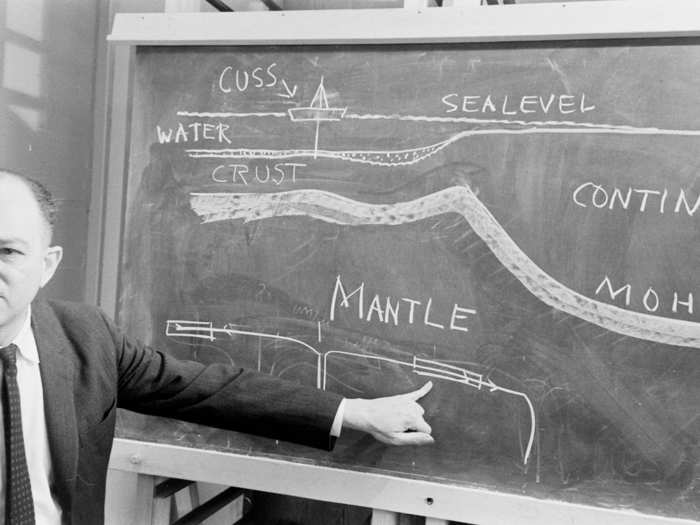


Sources: LiveScience, NASA



Source: LIFE

Sources: BBC, Atlas Obscura

Source: Smithsonian


Source: Journal of Geophysical Research

Sources: The Verge, BBC, Lotte Geeven

Sources: BBC, CNN, Smithsonian

Source: Nature

Source: Tech Times

Source: The Guardian

Source: Business Insider

Sources: Business Insider, Gizmodo

Sources: Beacon, Daily Herald

Sources: CNN, Business Insider

Sources: The City of Kimberley

Source: Slate

Source: Science Focus

Source: Esquire
 Stock markets stage strong rebound after 4 days of slump; Sensex rallies 599 pts
Stock markets stage strong rebound after 4 days of slump; Sensex rallies 599 pts
 Sustainable Transportation Alternatives
Sustainable Transportation Alternatives
 10 Foods you should avoid eating when in stress
10 Foods you should avoid eating when in stress

Copyright © 2024. Times Internet Limited. All rights reserved.For reprint rights. Times Syndication Service.